

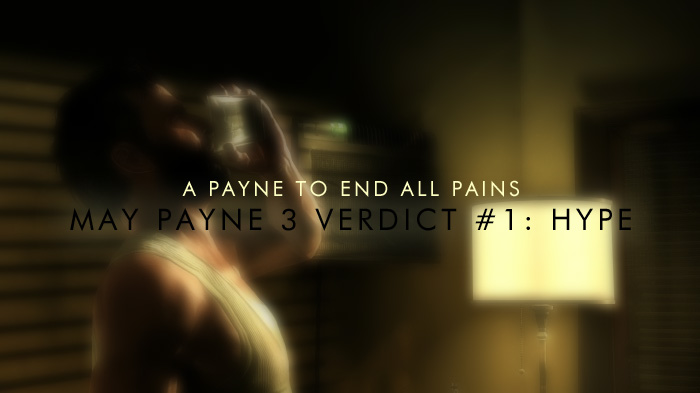
In the early days of the 21st Century, people were in love with bullet time. That camera technique, popularized by The Matrix movies, turned into a mainstay of early 00s action movies. It wasn’t quite as hard to kill as the grainy look the action genre inherited from Black Hawk Down or other such fads that still endure today, but it proved to be a distinctive feature of a number of films none the less. Finnish made hyper-violent manshooter Max Payne was one of the first games picking up on this stylistic device, making it one of the titles central features. Use of bullet-time in Max Payne was essential and a neat little way of resource management. The player couldn’t just trigger it forever, but had to keep a close track of the on-screen bullet-time meter, making it possible for the game’s eponymous protagonist to effectively take on hordes and hordes of gun toting goons.
But Max Payne was more than just a one trick pony in that regard. While essential to the gameplay of repeatedly shooting hordes of virtual people in the face, the game lived off the gargantuan amounts of style developer Remedy had poured into it. Max Payne was a super-tounge-in-cheek take on film noir cliche. On John Woo movies. On hard boiled action movies in general. The narrative, driven forward by graphic novel style cutscenes, narrated by grisly voiced James McCaffrey, united tropes from gangster movies to conspiracy thrillers, to urban horror. It was a very dark and very gritty game. But since it didn’t take itself quite too seriously, this didn’t diminish the overall quality of the narrative.
Also, Max Payne, the original, was one of those games that had spent quite a while in the trenches of development hell. So it actually was a bit surprising to see Remedy release a sequel to the first entry of the series a mere two years after the first game bedazzled gamers with its incredibly detailed environments, incredibly cynical script and never ending hail of bullets. Max Payne 2 - The Fall of Max Payne made few changes to the original formula. The engine was touched up a notch, now delivering even more detailed environments, instead of a snow-smothered New York City the player now was presented with a rain-drenched one, and the bullet-time mechanic experienced a slight refinement - instead of slowing down everything in the world, now Max himself was left unaffected, able to move at normal speed when everyone else was caught in slow-motion.
The biggest changes were in tone and story. Where the original game had been intentionally as cheesy and cliche-ridden as possible, the second entry was toned down a notch in that regard, in an effort to up the drama. There was still quite a lot of cheese to be had this time around, but in much more considerate dosage. Calling Max Payne 2 a more grown up narrative might be a bit much - it is still a very cliche ridden, slightly silly story - but in comparison to the first game, Remedy made quite some advances in presenting a more mature story. Hardboiled detective stuff still. Still riddled with silly stereotypes. But a bit more earnest, a bit more dramatic, a bit better written overall, and no longer quite so intentionally silly.
Now, nine years later, we get a third entry to the slow-motion action saga. The first footage from the game was received with mixed reactions. The old fans, always change-averse, cried foul of Max’ new look. Gone was the trenchcoat, gone was the hair. In comes a Hawaiian shirt, a beard and, well, the absence of hair. Fans also cried foul of the new setting of Sao Paolo, thinking it too colorful a setting for the film-noir inspired series. But there were also other voices that weren’t quite as concerned, realizing the obvious influences to the game being rather the recent Neo-Noir movies of the 00s, Man on Fire most of all.
With that in mind, it’s actually quite easy to approach the release of Max Payne 3 with a certain amount of glee. Sure, it’s another manshooter. And it’s one of those games in series that spawned in that mid-to-late-90s mindset of having protagonists with really stupid names. Duke Nukem, Lo Wang, Max Payne. He’s one of those guys. And now he’s stranded in the teens, still doing what he does best. Also, Max Payne 3 has been developed not by original creator Remedy of Finland, but by the Rockstar Vancouver studio, who was left with the IP when Remedy went off to develop Alan Wake instead (who, despite being a man of the 00s also bears a silly name...).
So why the glee? There is no original developer behind the title, the series is old, and there sure as hell are too many hyper-violent manshooters around. It’s all about the noises. The ones the developers make. It showed in interviews, previews and developer diaries that although Rockstar Vancouver are not quite Finish, they none the less tackled the Max Payne essence, and seem capable enough to transfer that essence into the modern world of gaming. There will be a narrative centered on a broken hero, one that really hit rock bottom and has nothing left to do but go through the motions of shooting absurd numbers of people in the face. The locale is fresh. South America is way too rarely used in modern videogames, and both movies and the real world prove that there can be really horrible and interesting (at the same time even) stories happening there.
Thanks to all these right noises and - admittably - the game just looking really gorgeous in the previews and trailers, and also thanks to a number of highly praising reviews, I am quite looking forward to indulging myself in this, even if it will certainly prove to be one of those (many) guilty pleasures for me as a gamer who thinks that there really is no need for yet another manshooter like this, no matter how pretty or how satisfying. But as Groucho Marx said: These are my principles. And if you don’t like them, I have others. Why I am not playing it right now? Because I’m waiting for the PC version on this one, which as those things are, is released two weeks later.
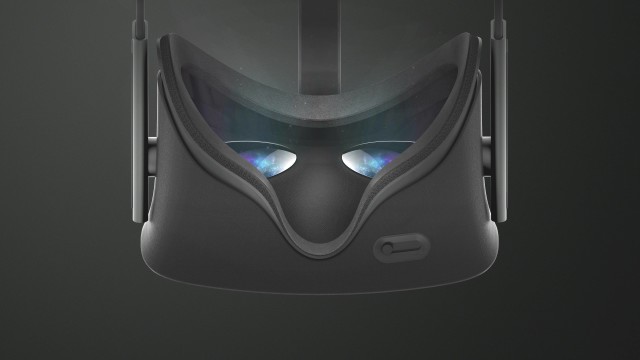
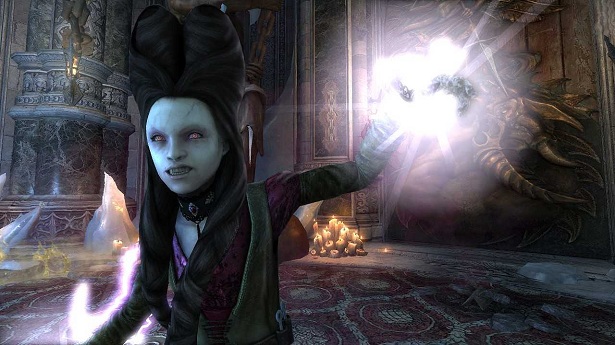

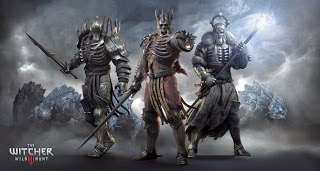
 The Walking Dead: Season Two Episode 1 - All That Remains Review
The Walking Dead: Season Two Episode 1 - All That Remains Review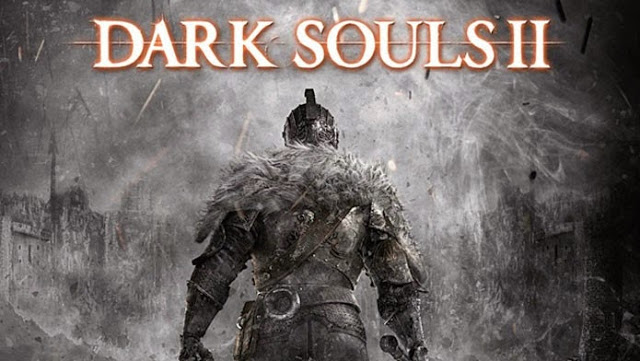 Dark Souls 2: Sell Items and Equipment
Dark Souls 2: Sell Items and Equipment Nym’s Nightmare – Walkthrough [with Explanations]
Nym’s Nightmare – Walkthrough [with Explanations] How To Get Atlas Warframe Through The Jordas Precept Quest
How To Get Atlas Warframe Through The Jordas Precept Quest Are Video Game Developers Taking Online Security Seriously?
Are Video Game Developers Taking Online Security Seriously?